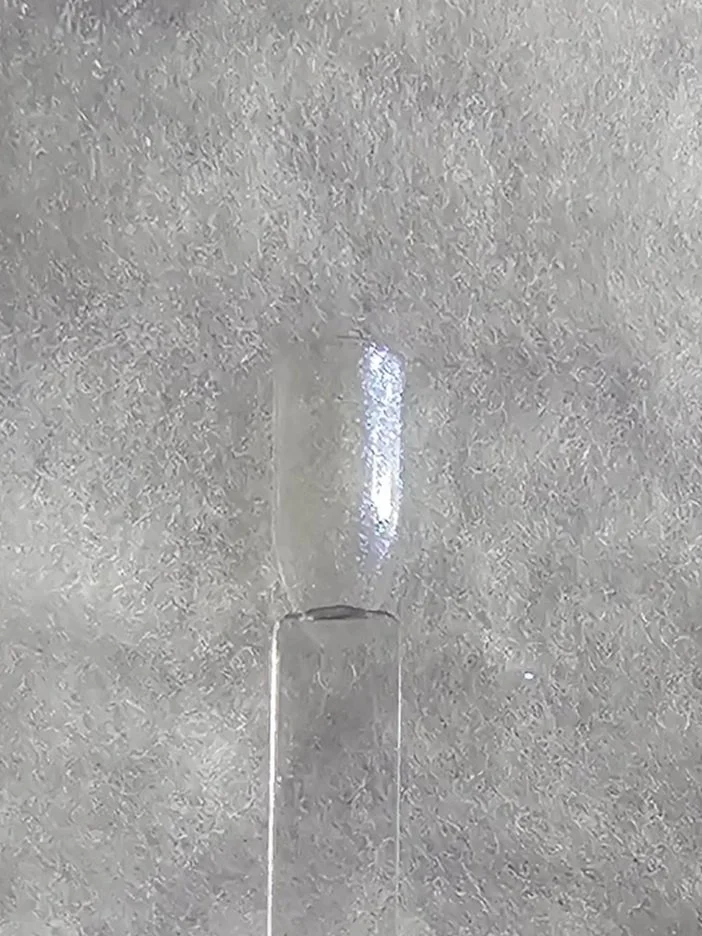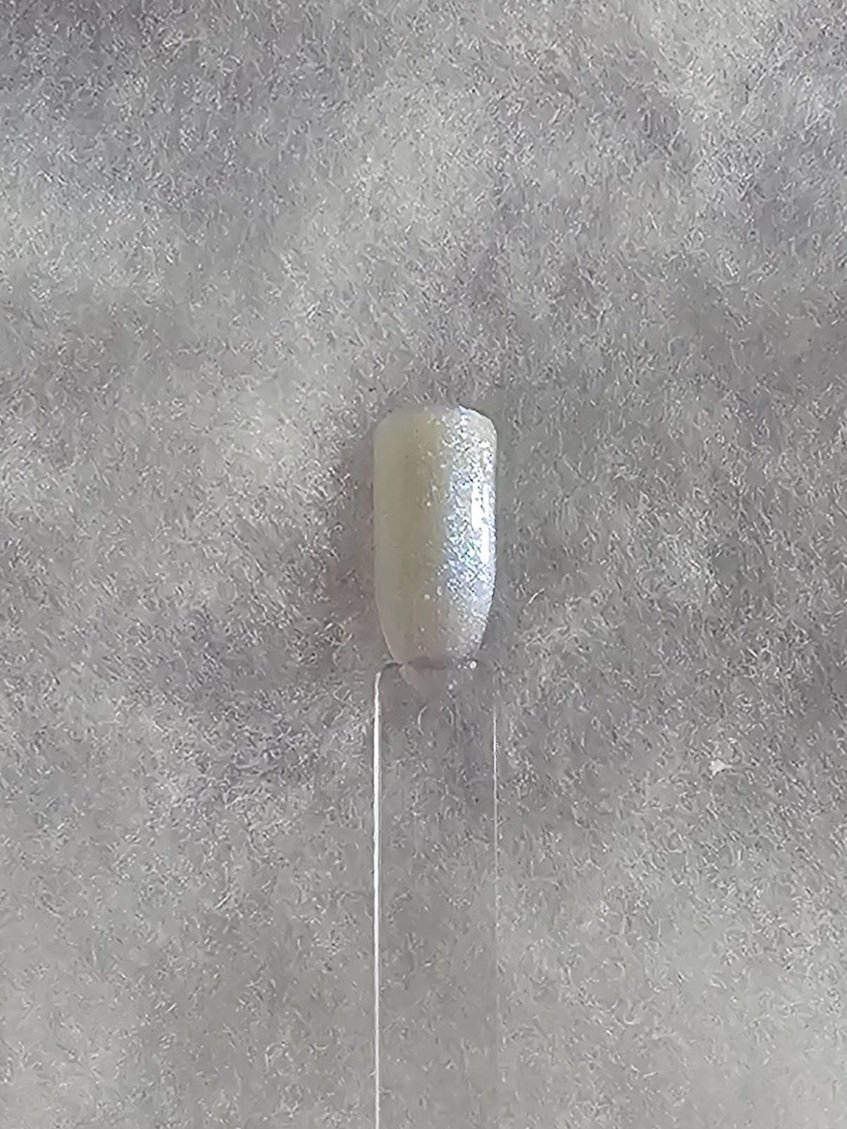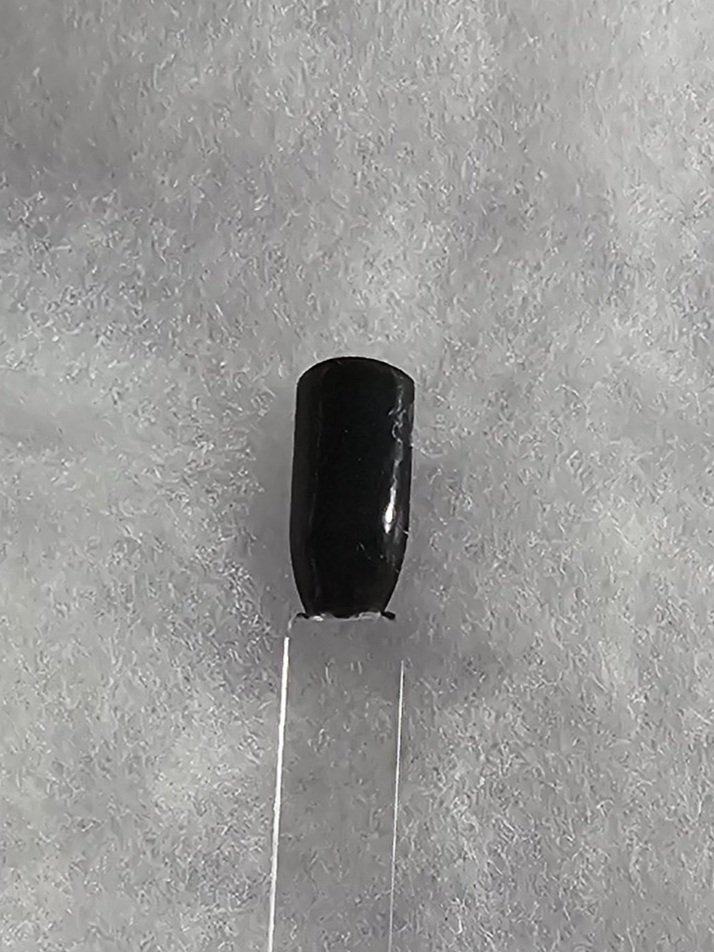
The Color Shop
*
The Color Shop *

Black
The color black is a powerful and versatile shade often associated with elegance, sophistication, mystery, and depth. It is the darkest color, resulting from the complete absorption of visible light. Black is not considered a color in the traditional sense but rather the absence of color.
The color white is the lightest and most neutral color, often symbolizing purity, simplicity, and cleanliness. It is the combination of all colors in the light spectrum, reflecting all wavelengths of visible light. White has a timeless, versatile quality that is associated with new beginnings, clarity, and freshness. It is often seen as a symbol of innocence, peace, and neutrality.
White
-
Hue:
White is a pure color with no hue, and it can vary in its intensity, from the bright, almost blinding brilliance of snow to softer, off-white shades with subtle hints of other colors (such as cream or ivory).
White can be warm or cool depending on the undertones, with cooler whites leaning toward blue or gray, and warmer whites having hints of yellow or red.
-
Purity and Innocence: White is often linked to purity, cleanliness, and innocence. It is used in many cultures for ceremonial garments like wedding dresses, symbolizing new beginnings and untainted beauty.
Peace and Tranquility: White is frequently associated with peace, calmness, and serenity, as seen in doves, peace flags, and the concept of a "blank slate" or fresh start.
Simplicity and Minimalism: White's clean, uncluttered appearance evokes simplicity and minimalism. It is a common choice in modern design, symbolizing clarity and organization.
Neutrality: White can be seen as neutral and impartial, serving as a blank canvas in various contexts, whether in design, art, or decision-making.
-
White has a refreshing, calming effect and is often used to create a sense of space and lightness in both physical and emotional environments.
It can promote clarity of thought and a sense of openness, providing mental clarity and calmness.
While it can be seen as sterile or cold in some contexts, it often evokes feelings of cleanliness, order, and peace.
-
Black: The stark contrast between black and white creates a bold, timeless combination that is both dramatic and elegant.
Pastels: White pairs beautifully with soft, pastel colors like pink, blue, and lavender, creating a light, serene palette that is gentle and calming.
Gray: White and gray together create a sophisticated, neutral palette, often used in modern, minimalist designs.
Bright Colors: White acts as a perfect backdrop for bright, vibrant colors, allowing them to stand out and appear more vivid.
-
Pure White: The brightest, most neutral form of white, associated with clarity, simplicity, and freshness.
Ivory: A warm, creamy white with a slight yellow undertone, giving it a softer, more sophisticated appearance.
Alabaster: A soft, off-white color with subtle hints of beige or gray, often used to create an elegant, understated look.
Cream: A light yellowish-white shade, warmer and softer than pure white, often associated with comfort and luxury.
Eggshell: A slightly off-white color with a hint of yellow or beige, often used in interiors to create a soft, natural look.
Snow White: A crisp, cool white with a bluish undertone, resembling the color of freshly fallen snow.
-
Appearance:
Pure black is deep, rich, and absorbs all light.
Can have variations such as matte, glossy, or textured finishes.
-
Elegance: Represents formality and sophistication (e.g., black-tie events, luxury brands).
Mystery: Evokes secrecy and the unknown.
Power: Conveys authority and strength.
Mourning: Traditionally associated with grief and loss in many cultures.
-
Authority: Inspires confidence and respect.
Simplicity: Suggests minimalism and clarity.
Intensity: Can be bold and striking, evoking strong emotional responses.
-
Black is a versatile and neutral color that pairs beautifully with almost any shade. Here are some colors that complement black effectively:
White:
Creates a timeless and classic contrast.
Perfect for minimalist or monochrome designs.
Gray and Silver:
Offers a sophisticated and modern look.
Adds subtlety without overpowering the black.
Gold and Yellow:
Adds warmth and luxury.
Creates a striking and elegant contrast.
Red:
Evokes passion and energy.
Makes a bold, dramatic statement.
Purple and Lavender:
Adds a regal or mystical feel.
Works well in both dark and soft shades.
Blue:
Shades like navy, cobalt, or turquoise create depth and calmness.
Bright blues can bring vibrancy.
Green:
Emerald, olive, or mint provide freshness and balance.
Earthy greens work well in natural themes.
Pink:
Soft blush pink for a romantic touch.
Hot pink for a vibrant, playful look.
Orange and Coral:
Adds energy and warmth.
Works well for bold, modern combinations.
Metallics (Gold, Silver, Bronze, Rose Gold):
Add glamour and sophistication.
Perfect for accents or accessories.
The choice depends on the mood or effect you want to create—whether it’s bold, elegant, minimalist, or vibrant.
-
Charcoal: A softer, slightly grayish black.
Jet Black: An intensely dark and pure black.
Onyx: Black with a hint of a glossy or reflective quality.


















